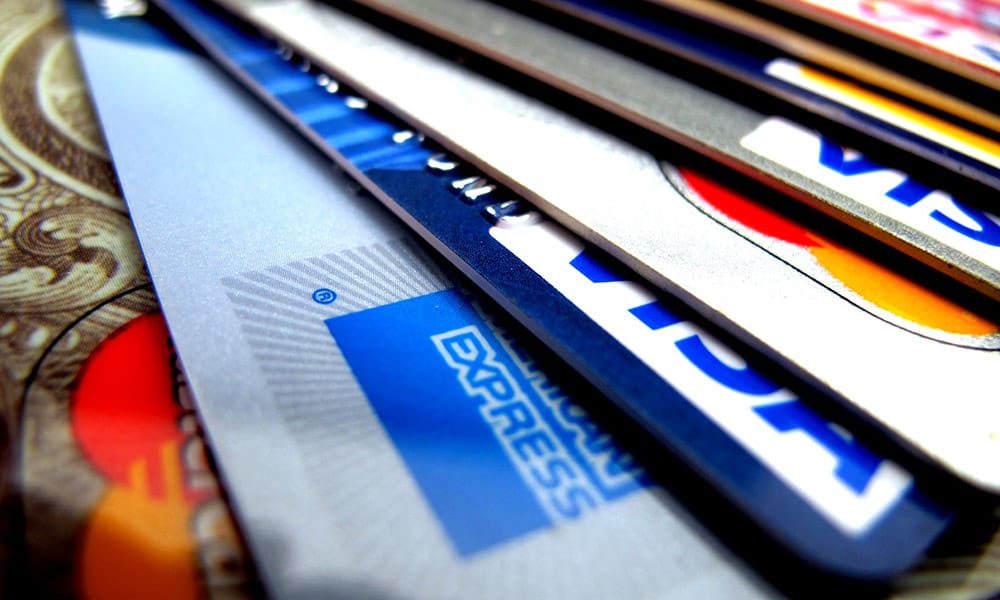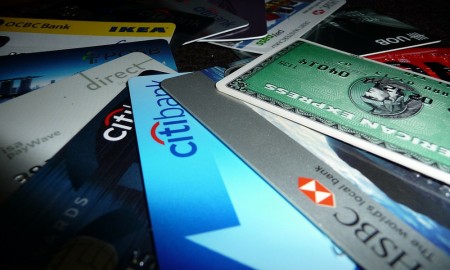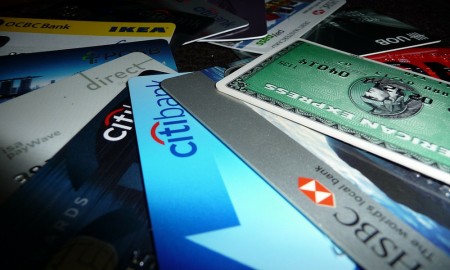

Credit cards are useful financial tools. In the right hands, they let consumers earn rewards, enjoy a variety of consumer protections, and avoid having to carry lots of cash. If you pay off your balance every month, most credit cards let you do all of this for free.
Sometimes, we spend a little too much or circumstances force us to carry a balance, which leads to the thing that all credit card users dread: interest payments. That is when your credit card’s APR comes into play – keeping reading if you’ve been wondering exactly “what is a good APR for a credit card?”.
What is APR?
APR stands for Annual Percentage Rate of charge.
In short, it’s how much interest you’ll incur on a loan balance over the course of a year. So, if you have a $1,000 loan with an APR of 20%, your loan will grow to $1,200 after one year if you make no payments.
Nominal APR
Nominal APR is calculated by multiplying the interest rate charged each payment period by the number of payment periods in a year.
So, if you have to pay once per month, and you’re charged 1% interest per month, the APR of the loan is 12%.
Effective APR
The effective APR takes into account compounding of interest. Because additional interest is charged on interest that has accrued in past payment periods, the effective APR is higher than the nominal APR.
The effective APR on a loan with twelve payment periods per year can be found by taking the monthly rate to the twelfth power. That means that if you’re charged 1% interest per month, the effective APR is 12.69%.
Different types of loans have different APRs. Secured loans, like mortgages, where there is a physical, valuable asset securing the loan tend to have lower APRs. Unsecured debt, like credit card debt, where there is no physical asset that serves as collateral for the lender has higher APRs.
What APRs do Credit Cards Offer?
So what is a good apr for a credit card? The APR on credit cards varies widely based on a number of factors. Things that influence the APR on your credit card include:
- Credit score
- Type of credit card
- Whether you’ve been late on payments with that card
- How long you’ve held the card
| Type of Card | Low-End APR | High-End APR |
| Low APR Card | 10% | 14% |
| Cash Back Card | 14% | 25% |
| Travel Credit Card | 14% | 24% |
| Credit Repair Card | 19% | 26% |
| Student Card | 14% | 22% |
As you can see, the rates, even on low APR cards tends to be very high. Rewards cards and cards targeted at people with worse credit also have incredibly high interest rates. This is because rewards cards need to be able to bring in enough revenue to pay out the rewards and credit repair cards need to compensate for the borrowers who will default on the loan.
The rates listed also do not account for penalty rates, which apply if you miss or are late on a payment. Penalty rates can be 5% higher or more.
There is one trick that you can use to get a credit card with no interest and lower your APR, at least for a short period of time.
I’m Carrying a Balance. How Can I Reduce My APR?
Many people consider credit card debt to be a financial emergency because of how high the interest rates are. Even if you never miss a payment you can easily find yourself spending thousands of dollars on interest over the course of the payment period.
The best way to reduce your credit card APR is to take advantage of a balance transfer offer from another credit card. When you make a balance transfer, you are taking out a loan on a different credit card to pay off your existing loan.
Often, there is a fee involved in doing this, which will increase the overall balance of your loan. The way that you can save money is by taking advantage of credit cards that offer reduced, or no interest, for balance transfers that occur shortly after you open the card.
You can find cards that offer up to 21 months at 0% APR, giving you nearly two full years to pay off your existing debt without incurring more interest charges.
Once the interest-free period expires, your balance will begin accruing interest like normal, so make sure to pay it off before the promotional period ends.
The high APR on credit cards means that you want to avoid carrying a balance if at all possible, but sometimes circumstances make that difficult. Making sure that your credit card has a good APR will help you save money.
Photo Credit: frankieleon plastic please via photopin (license)










